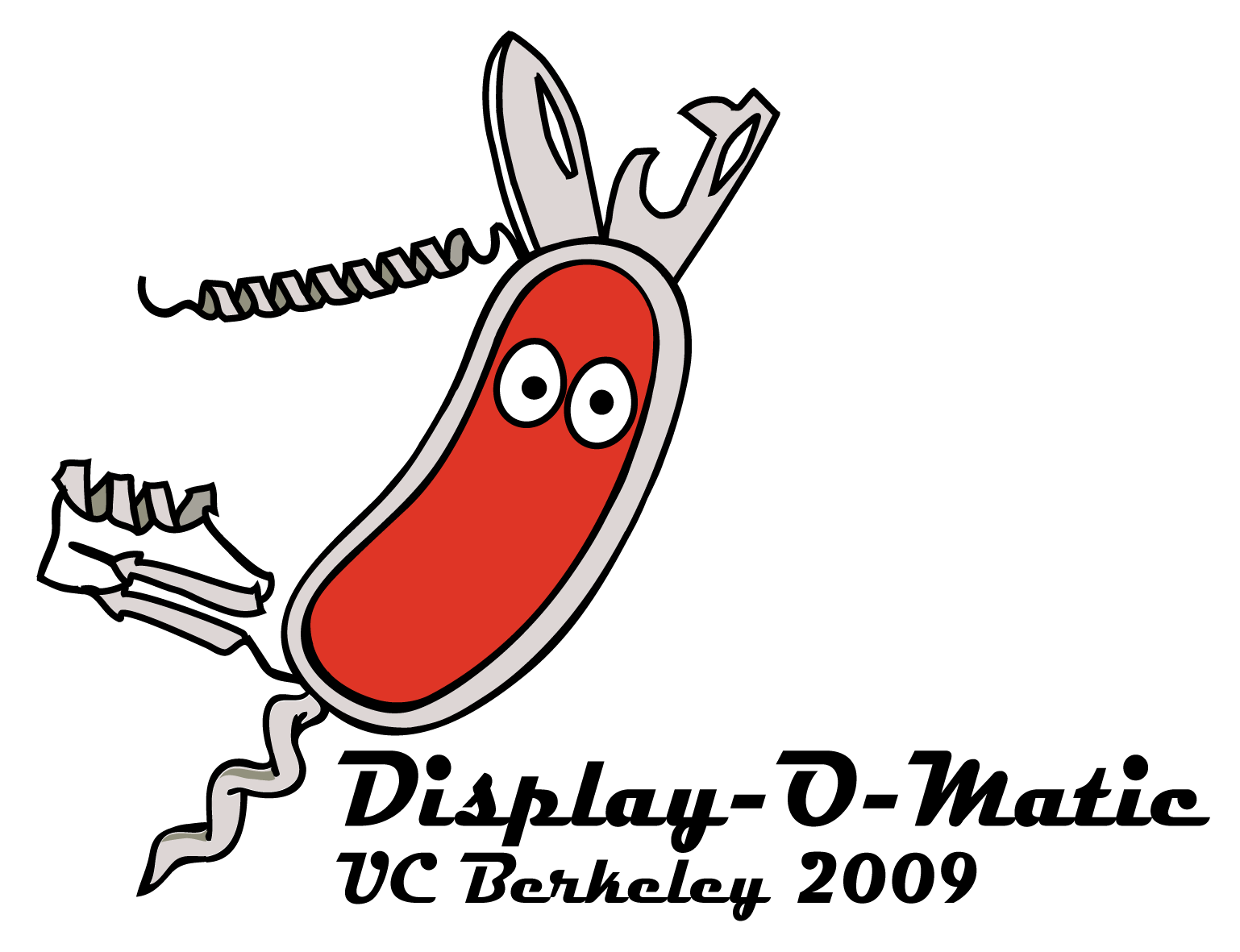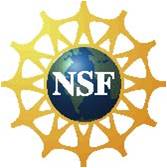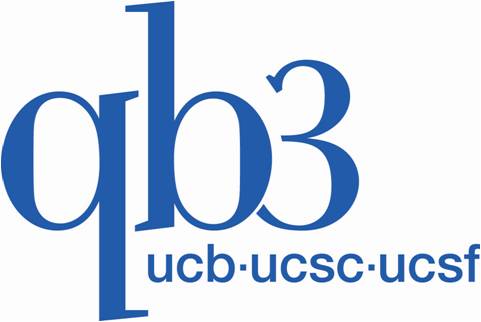Team:Berkeley Wetlab
From 2009.igem.org
(Difference between revisions)
Susanychen (Talk | contribs) |
Susanychen (Talk | contribs) |
||
| Line 1: | Line 1: | ||
{{newtemplateBerkeley}}<br> | {{newtemplateBerkeley}}<br> | ||
<center> [[Image:Display-o-matic2.png|600px]] </center> <br> | <center> [[Image:Display-o-matic2.png|600px]] </center> <br> | ||
| - | <big><font size="5" face="Book Antiqua"> | + | <big><font size="5" face="Book Antiqua"> Abstract</font> </big> <br> |
The University of California Berkeley iGEM team is proposing to expand the design space of synthetic biology by constructing a functional general display scheme and exploring novel applications of cell surface display in Escherichia coli, the gold standard organism for bacterial engineering. The team adopts a bottom-up design scheme in order to tackle this engineering problem in a well organized, modular fashion. In order to overcome the challenges of engineering Escherichia coli cell surface display, a high throughput, automated, combinatorial strategy is employed to control the system. | The University of California Berkeley iGEM team is proposing to expand the design space of synthetic biology by constructing a functional general display scheme and exploring novel applications of cell surface display in Escherichia coli, the gold standard organism for bacterial engineering. The team adopts a bottom-up design scheme in order to tackle this engineering problem in a well organized, modular fashion. In order to overcome the challenges of engineering Escherichia coli cell surface display, a high throughput, automated, combinatorial strategy is employed to control the system. | ||
<br> | <br> | ||
<br> | <br> | ||
<br> | <br> | ||
| - | <font size="5" face="Book Antiqua">Acknowledgements | + | <font size="5" face="Book Antiqua">Acknowledgements</font> <br> |
[[Image:berkeleyinvitrogen.jpg|200px]] | [[Image:berkeleyinvitrogen.jpg|200px]] | ||
[[Image:berkeleynsf.jpg|100px]] | [[Image:berkeleynsf.jpg|100px]] | ||
Revision as of 06:32, 20 October 2009

Abstract
The University of California Berkeley iGEM team is proposing to expand the design space of synthetic biology by constructing a functional general display scheme and exploring novel applications of cell surface display in Escherichia coli, the gold standard organism for bacterial engineering. The team adopts a bottom-up design scheme in order to tackle this engineering problem in a well organized, modular fashion. In order to overcome the challenges of engineering Escherichia coli cell surface display, a high throughput, automated, combinatorial strategy is employed to control the system.
Acknowledgements
![]()



 "
"






